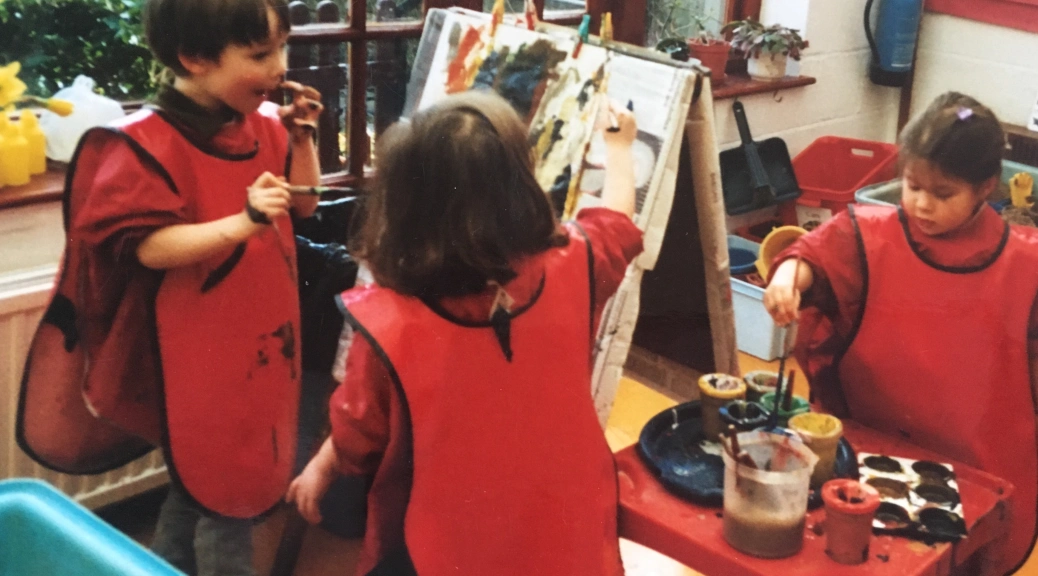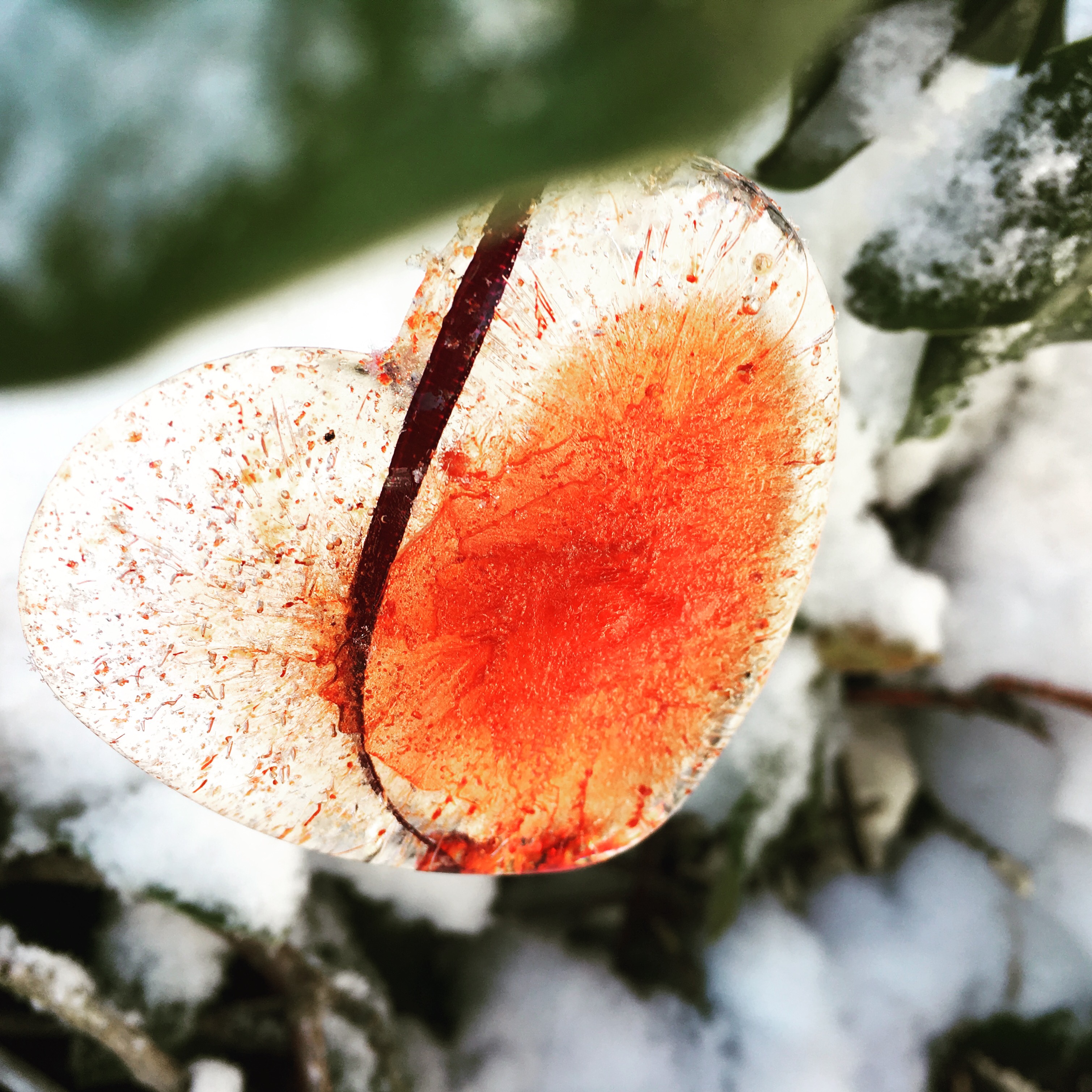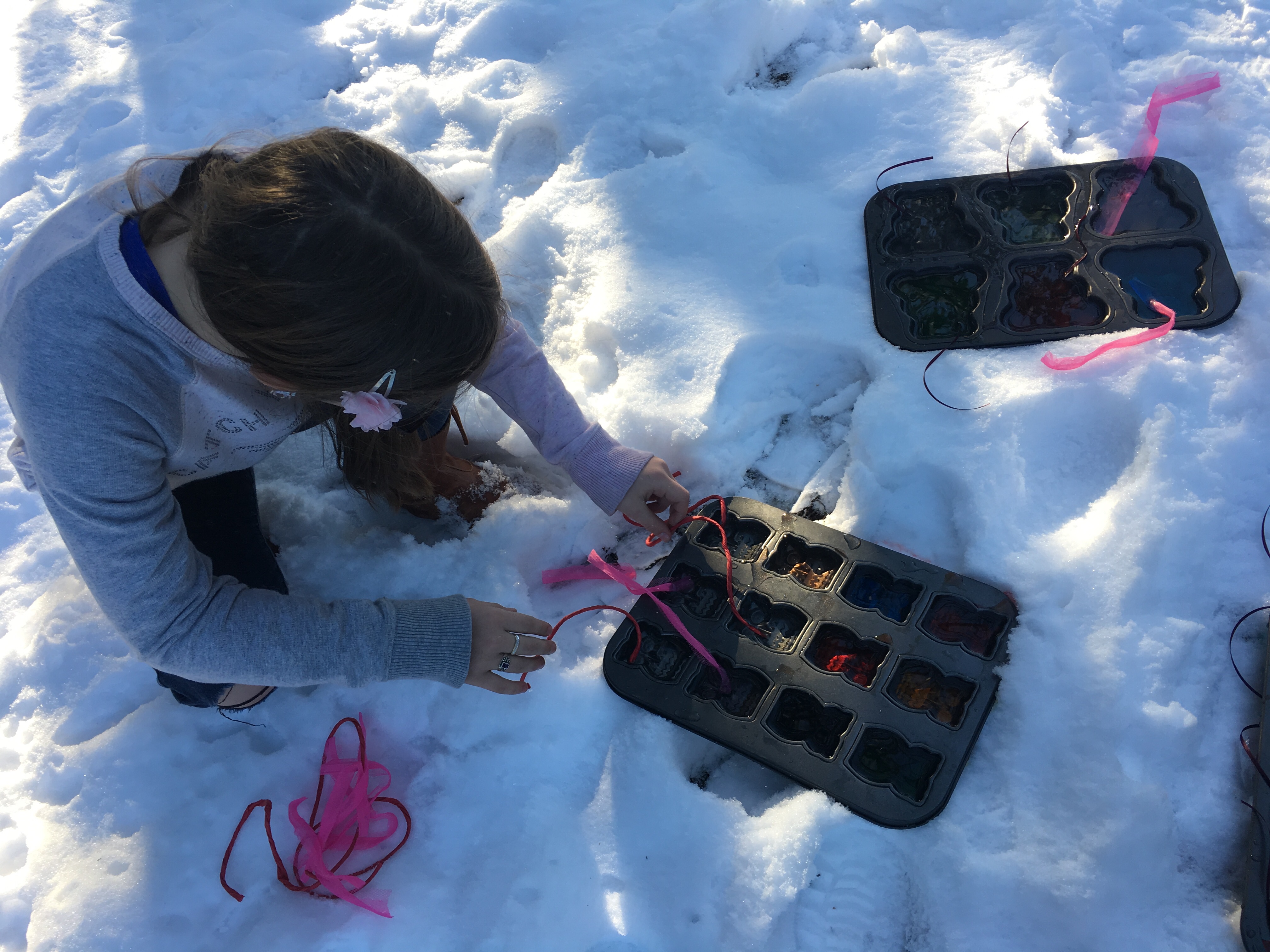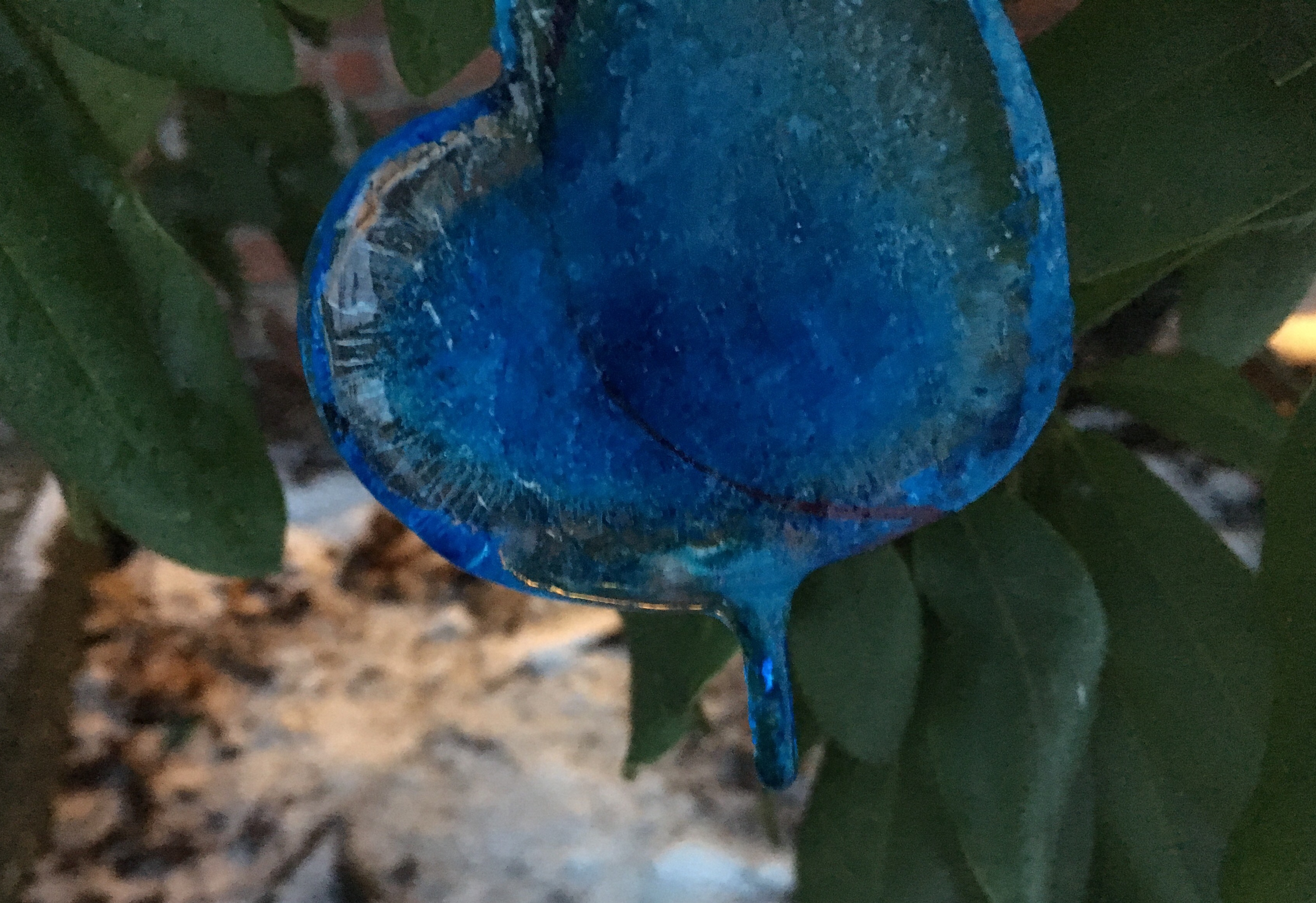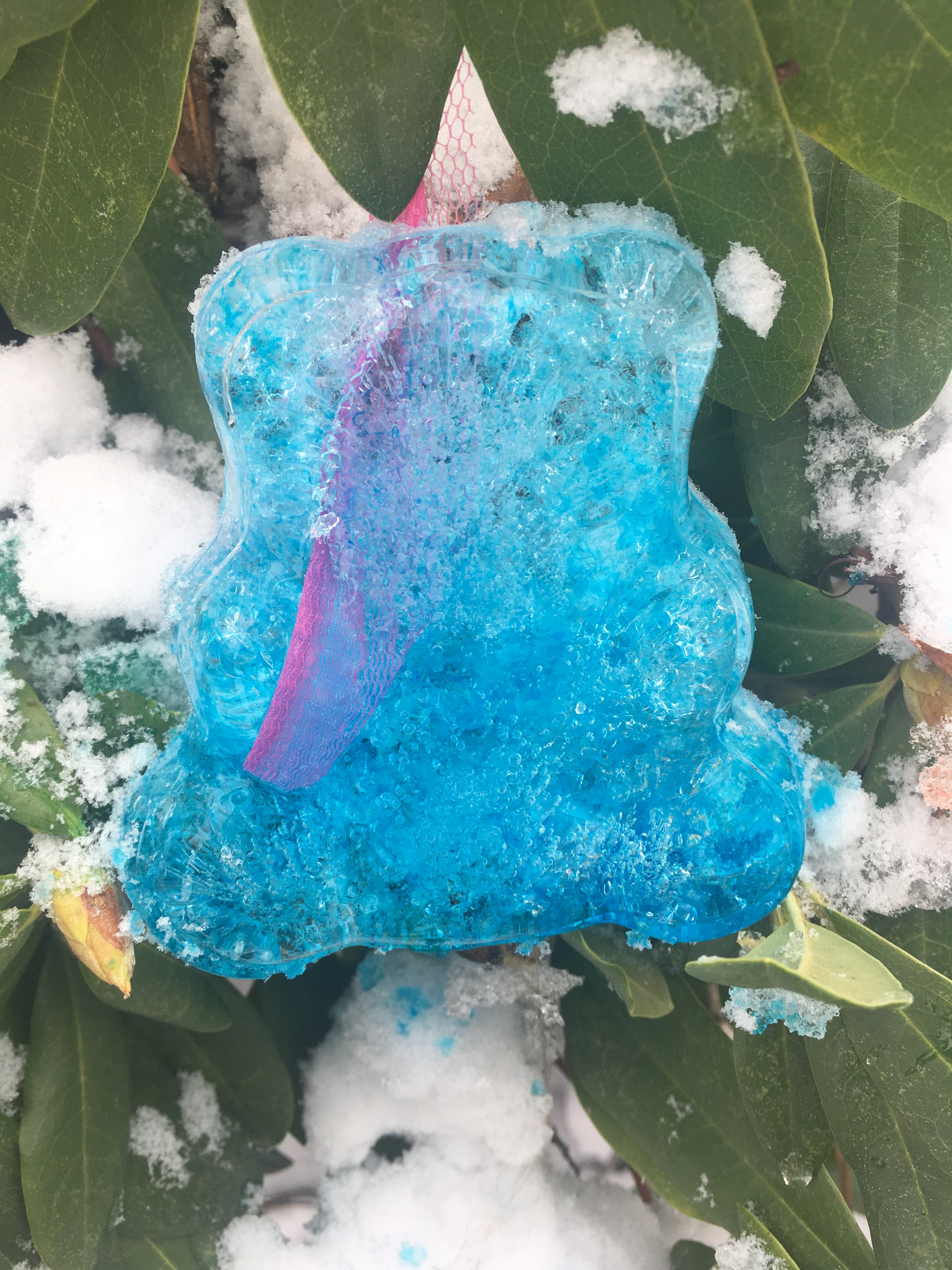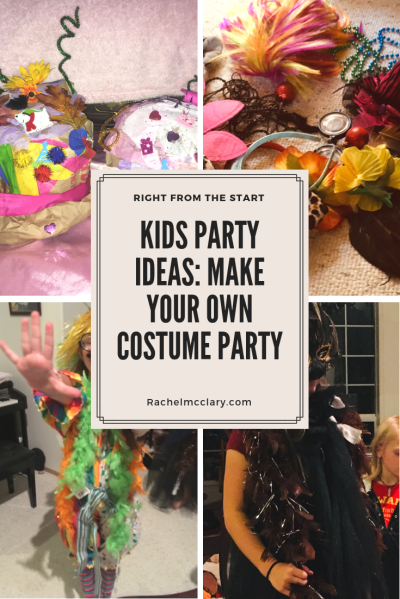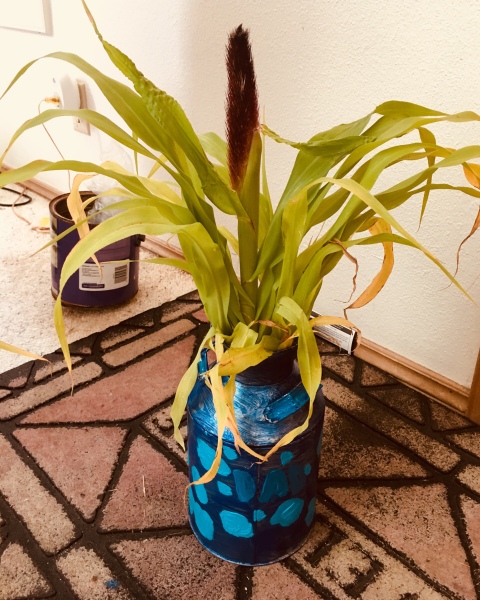What is an inclusive preschool?
An inclusive preschool educates children with disabilities in the same environment as typically developing peers, so all children can participate in the same activities and routines.
An inclusive preschool ensures an accessible learning environment, offering multiple ways to access materials, engage with materials and to express themselves. An environment where learning is individualised and adapted to meet the needs of all students, so they can seamlessly become a participant of the group.
In preschool, this is founded in play. Play is in its essence supportive of inclusion. Play’s open-ended nature, encourages, choice, naturally caters to different learning styles and supports teachable moments as they occur. Inclusion is an attitude, a set of values rather than a set of practicalities.

Why should preschool classrooms support inclusion?
Social and emotional learning
- No studies comparing the social impact of segregation and inclusive settings have shown segregation to be superior.
- Social and emotional learning is at the heart of preschool and is a core component of the Early Years Foundation Stage in England, at the heart of the Australian Early Years curriculum and many others around the World.
- Inclusive preschools give more opportunities for children with disabilities to build friendships. Through these friendships, engagement is maximized, the friends look out for their interests, are encouraging and help them explore and learn new things.
- Building friendships in the early years has shown benefits for later life in academic achievement, independent living, and adult mental health
… The single best childhood predictor of adult adaptation is not school grades, and not classroom behavior, but rather, the adequacy with which the child gets along with other children. Children who are generally disliked, who are aggressive and disruptive, who are unable to sustain close relationships with other children, and who cannot establish a place for themselves in the peer culture are seriously at risk.’ (Hartup, 1992,)

- Inclusion gives children a sense of belonging and shows that they are valued for their abilities and potential
- Inclusion encourages acceptance and support from typically developing peers that are the foundations of an inclusive society. Studies indicate inclusive settings provide typically developing children with opportunities to learn skills, values, and attitudes related to human differences (Farrell, 2000), including learning how to be friends with people who are different from themselves ( Rafferty et al., 2001) and to assist classmates who may be experiencing difficulty (Burnstein et al., 2004)
- Typically developing children are also likely to show increases in self-esteem, confidence, autonomy and leadership skills (Fuchs, Fuchs, & Burish, 2000).
Language, communication and learning
- Rafferty, Piscitelliand Boetthcher (2003) found improved language in children with severedisabilities in inclusive settings and no difference between settings inchildren with less severe disabilities
- In an inclusive preschool, children with disabilities have a more varied and stimulating experience, opportunities to interact and observe typically developing peers; they get encouragement from other children and learn directly from others.

- Typically developing children make similar developmental gains in regular and inclusive preschools (Odom, DeKlyen, & Jenkins, 1984, Strain & Bovey, 2011)
- Some typically developing children spontaneouslycommunicate by alternative means in order to be able to communicate with theirpeers with disabilities.
Why inclusion is particularly well-suited to the preschool classroom
- Inclusion is particularly suited to the preschool classroom because of the flexibility of the curriculum and ability to respond to a range of learning styles through play.
- In early education, observation and assessment is an integral part of the learning cycle. Teachers are used to observing children in their play, and using their observations to enhance the learning and create next steps. Teachers are also used to working in teams who reflect together on the learning to create a purposeful, engaging environment.
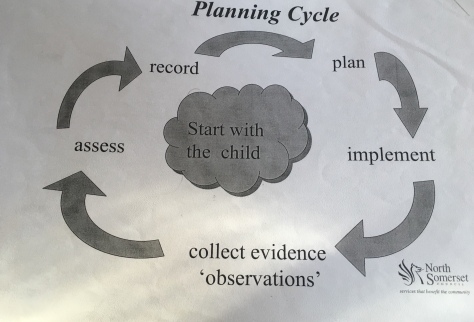
Below are some examples of planning and assessmentmaterials I have used. These could also be developed with individual children’sIEP goals to focus observations and assessments. Ask yourselves – am I doingit? Does it work? How could I change it? How can I encourage interests to bemore complex or appear in different contexts?


At preschool there are multiple opportunities to embed learning throughout the day. IEP goals can be worked on in the natural setting ,for example, communication goals can be worked on during play and during routines such as snack. Think about how your daily routines can provide opportunities to practice goals.
What does an inclusive preschool look like?
- A preschool learning environment considers the indoor environment, the outdoor play provision and the emotional environment.
The indoor environment

- In the indoor environment you will see a range of materials and activities to ensure independence for the lowest functioning and challenge for the highest functioning. This will often involve open ended materials such as clay, paint, blocks or pretend play.

- Materials will be accessible and children will know where to go to obtain and return them. This can include placing toys on child height shelves labelled with a pictures and words, storing toys in clear boxes without lids and having clearly designated areas for different activities.
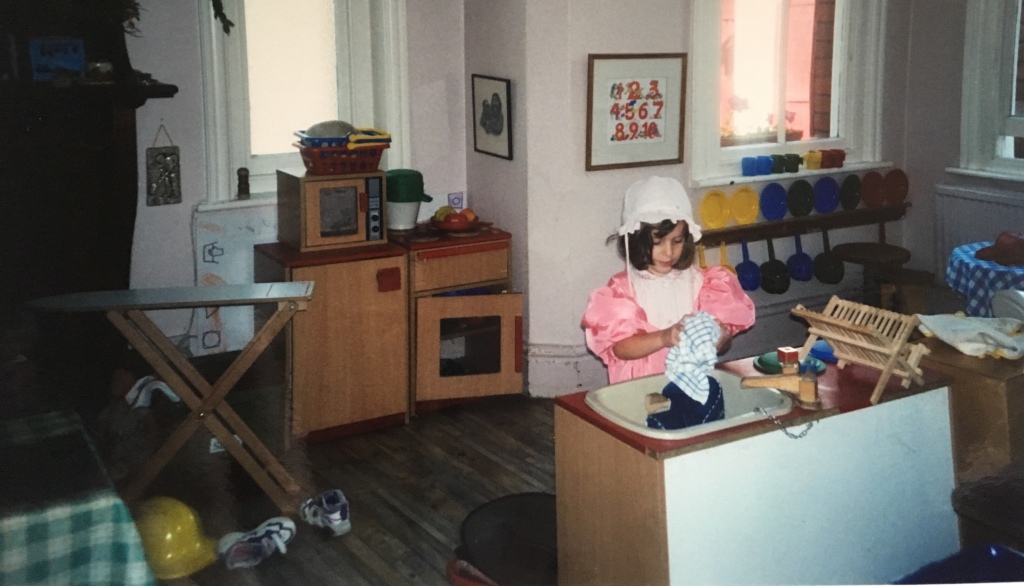
- If necessary modify toys so they are accessible to all. These resources from Youngstar give useful examples of how to modify toys for different needs.
Adapting Toys and Play Materials
The Outdoor Environment
- There should be opportunities for all children to engage in the outdoor environment. Outdoor play should include opportunities for physical activity, sensory play and peace and relaxation.

- Play Scotland have some excellent resources on inclusive outdoor play with a number of links to other useful resources with activities and tools to evaluate your provision
- This evaluation tool from inclusive play is also useful in evaluating your outdoor provision.
The Emotional Environment
- The learning environment should support participation,be nurturing and promote friendship and respect
- The environment should be structured to support interaction and accomplish goals
- There should be collaboration with other professionals
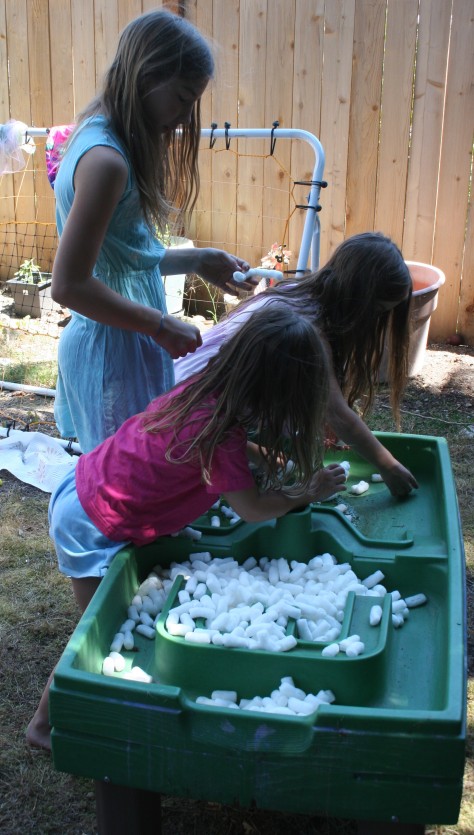
- Activities should build on children’s interests andextend learning
- Teachers should demonstrate flexible thinking
- Routines should be predictable. This includes aregular timetable for the day but also predictable routines withinroutines for example, keeping the same routine for circle time and withinthat there might be a predictable routine for calendar
- It should be inclusive all day long. All teachersshould interact and share interactions and teaching of all students, sharingexpertise and providing instructional generalization. IEP’s are addressed everyday and all day long
- Teachers should be reflective and work together todiscuss strategies to support the learning of individuals and the group,frequently monitoring outcomes and implementing them into the programme.Collect data on how practice is delivered and the effects and meet regularly asa team to review and plan. Always be flexible and ready to change.

- There should be a strong partnership with parents, building on the belief of the parent as the child’s first educator.
Other useful resources
Inclusion Development Programme Resources. Guidance for teachers in supporting children with EBD, Autism and speech language and communication needs in the Early Years Foundation Stage.
Assistive Technology for Young Children –http://ectacenter.org/topics/atech/atech.asp
This resource has lots of really useful links on topics inclusion in the early years https://dcf.wisconsin.gov/youngstar/eci/bestpractices
Preschool inclusion for children on the autistic spectrum https://www.rchsd.org/documents/2017/04/alexas-playc-preschool-inclusion-toolkit.pdf/
A short article on inclusive early education and care http://edu.gov.on.ca/childcare/Underwood.pdf

